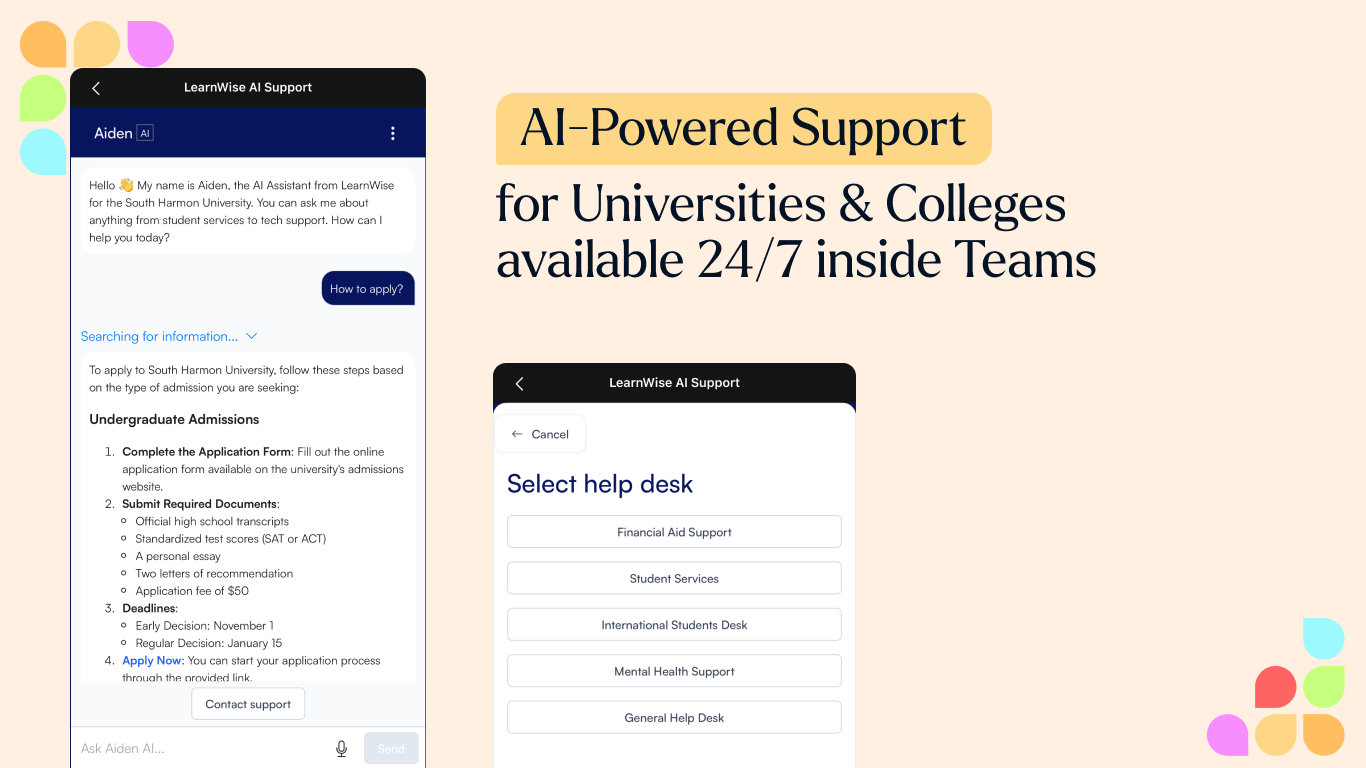From Email to Social Media: The Case for an Omni Channel Approach in Higher Education Communication

Introduction
The world is increasingly digital and technology continues to shape the way we communicate. For institutions of higher education, this means adapting and adopting an omni channel approach to communication. An omni channel approach utilizes multiple channels to reach students and faculty, including social media platforms like WhatsApp and Facebook, as well as traditional methods like email and SMS. The rise of social channels and the increasing expectations of students to be able to communicate with their institution or instructor there, have made an omni channel approach more important than ever.
The Rise of Social Channels
Social media platforms have become a ubiquitous part of our daily lives, and students are no exception. They expect institutions to communicate with them through these channels, just as they would with their friends and family. A recent survey found that 72% of students want their institution to communicate with them via WhatsApp, while 60% prefer Facebook. By using these platforms, institutions can meet students where they are and create a more personalized and engaging experience.
However, institutions must be careful to ensure that their use of social media platforms is in compliance with regulations such as FERPA, HIPAA, and others. Additionally, it is crucial to keep in mind that social media platforms are not secure communication channels and should not be used to communicate sensitive information.
Student Expectations
Students today are digital natives who are used to having instant access to information and services from their mobile devices. They expect the same level of accessibility and convenience from their institution, and an omni channel approach is one way to deliver that. By using multiple channels to communicate with students, institutions can ensure that they’re reaching them in the way that they prefer, which can improve engagement and ultimately lead to better outcomes.
Institutions must also be aware of the generational and cultural differences that exist among their student populations. For example, while some students may prefer to communicate via social media, others may prefer more traditional methods like email or phone calls. Institutions must be prepared to use a variety of channels to reach all of their students effectively.
The Benefits of an Omni Channel Approach
An omni channel approach to communication in higher education offers a number of benefits. It allows institutions to reach students where they are, whether that’s on social media or via email. It also enables them to tailor their messages to specific audiences and create a more personalized experience. By using multiple channels, institutions can also ensure that their messages are being received and that students are staying engaged with their institution. Additionally, an omni channel approach can help institutions to build stronger relationships with students and improve retention rates.
However, it is important to note that an omni channel approach requires careful planning and execution. Institutions must ensure that they have a clear understanding of their audience, the channels they prefer to use, and the messages they want to convey. They must also ensure that their messages are consistent across all channels and that they’re using the right tone and language for each audience.
Conclusion
In conclusion, an omni channel approach to communication is essential for institutions of higher education that want to stay connected with their students and deliver a personalized and engaging experience. By using multiple channels to communicate, institutions can meet students where they are, tailor their messages to specific audiences, and ensure that their messages are being received. However, it is important that institutions are aware of the regulations surrounding the use of social media and that they understand the needs and preferences of their student populations. In an increasingly digital world, an omni channel approach is no longer a luxury, but a necessity.





.png)
%20(1).png)
%20(1).png)
